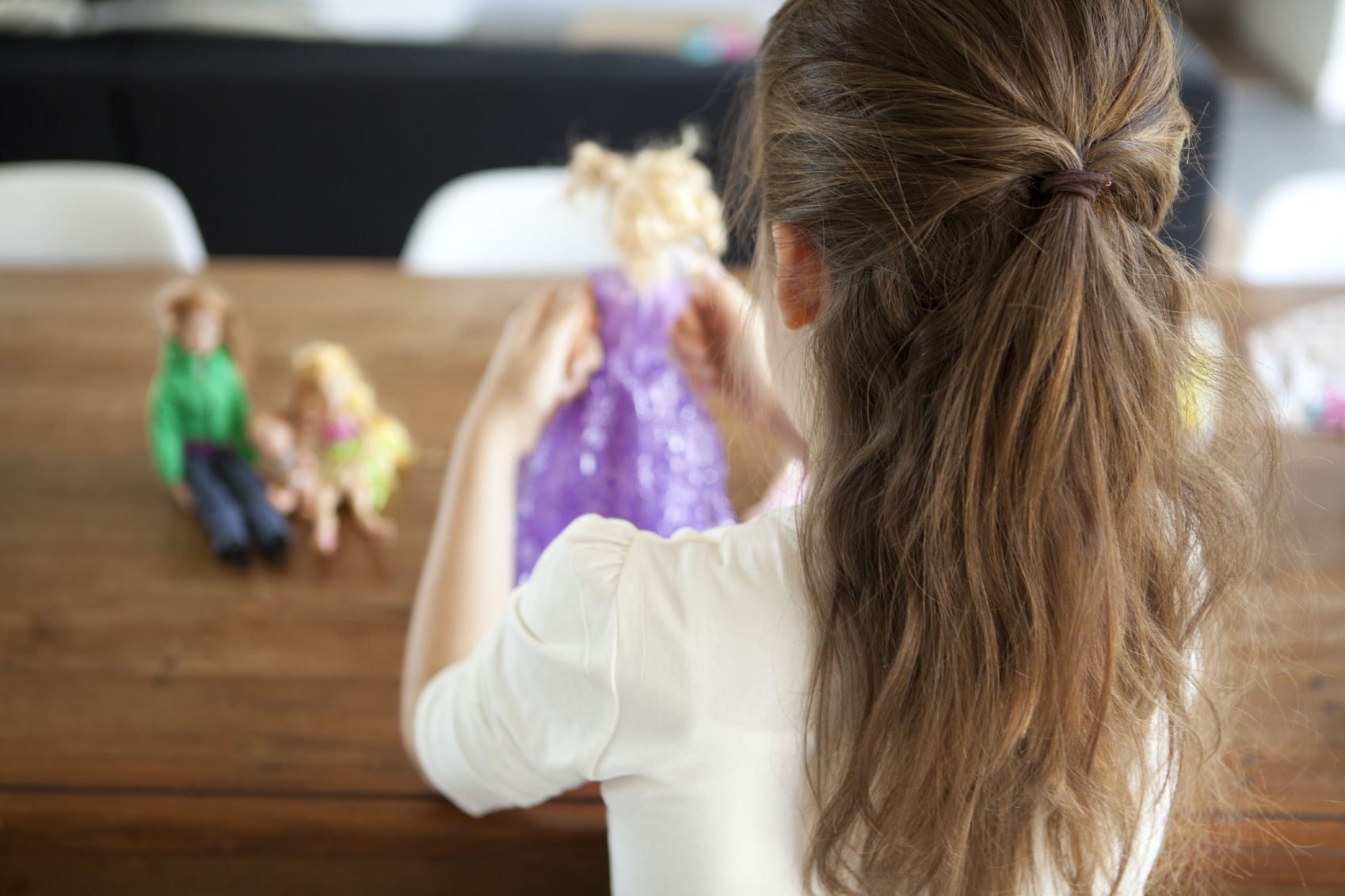Psst, Barbie! Girls don't fit into categories
 I have to hand it to Mattel for introducing a new, diverse line of Barbie dolls. The ladies now come in seven skin tones, various hair textures and three additional body types: tall, curvy and petite.
The company's new dolls represent a well-intentioned effort to reflect real girls' differences, replacing the not-so-subtle ideal of the teeny waist and Caucasian complexion.
I have to hand it to Mattel for introducing a new, diverse line of Barbie dolls. The ladies now come in seven skin tones, various hair textures and three additional body types: tall, curvy and petite.
The company's new dolls represent a well-intentioned effort to reflect real girls' differences, replacing the not-so-subtle ideal of the teeny waist and Caucasian complexion.
But when it comes to girls' self-image, Barbie can never be diverse enough - nor should she have to carry that responsibility for our culture. This is where toy companies must leave off, and adults must grab the baton. Because the battle to win girls back from the cliff-edge of self-critical harm has not been won.
As the mother of two teenage girls, I hear stories about self-harm regularly. One girl had to leave school for several months to regain her health after a bout with anorexia. Another is happier at her new, svelte weight, which she achieved by throwing up her meals. Roughly 30 million Americans are afflicted with "pathological dieting," according to the National Eating Disorders Association.
Thighs so petite they don't meet - "thigh gaps" - are in vogue. And corsets are back in style, now called waist trainers, to squeeze girls into Beyoncé or Kardashian curviness.
These fashions reflect a dissatisfaction with self, sometimes also expressed in self-mutilation or "cutting." Rows of self-made scars adorn the arms and legs of girls on Tumblr, like striped sleeves and leggings.
I searched "self-harm" on Tumblr to try to find these images, which I had only heard about. Wisely, Tumblr's first response was a screen that asked, "Everything Okay?" It directed the reader to a counseling and prevention resources page.
Likewise, there are pro-anorexic websites, such as Pro-Ana Nation, that encourage self-starvation, as well as plenty of sites that aim to help. EatingDisorderHope.com, for example, offers a wealth of treatment and support ideas, and RecoveryRecord.com has created a phone app for wellness.
As girls enter preteen years, as young as 8, psychologists say, they become aware of what it means to be accepted, and they begin to try to live in a way that will bring that about. Idealized images of beauty in both traditional and social media show girls what society expects of them.
We grown-ups should be the antidote to this cultural message, but often we're not. Grown women pass along expectations to girls, even with simple remarks about the natural weight gain and body changes in adolescence. Or we "lead" by example: by denigrating ourselves and how we compare with the beautiful ideal. I think older women have far more influence than we tend to believe.
That's good news, because it's an opportunity. Women's Health seized on this idea in its January-February issue when editor-in-chief Amy Keller Laird announced that the magazine would no longer use "body-shaming" phrases, such as "How to get the bikini body you want" or "How to drop the next 10 pounds - fast." Instead, Laird wrote to readers, "We'd rather focus on the greater benefits of getting a strong-as-hell core: running, surfing, dancing, climbing, being able to carry a 2-year-old up and down the stairs 10 times a day."
We can all join in this positive approach. I won't say we can undo all of the anxiety and pressures girls feel. But we can seize the opportunity when it arises to praise a girl's unique features or abilities or interests - even if it's done so quietly that no one notices but her. Even if it's only loud enough to resonate in her heart.
No two are alike - not snowflakes, not people. Even Mattel can't match that.
First published in Newsday.